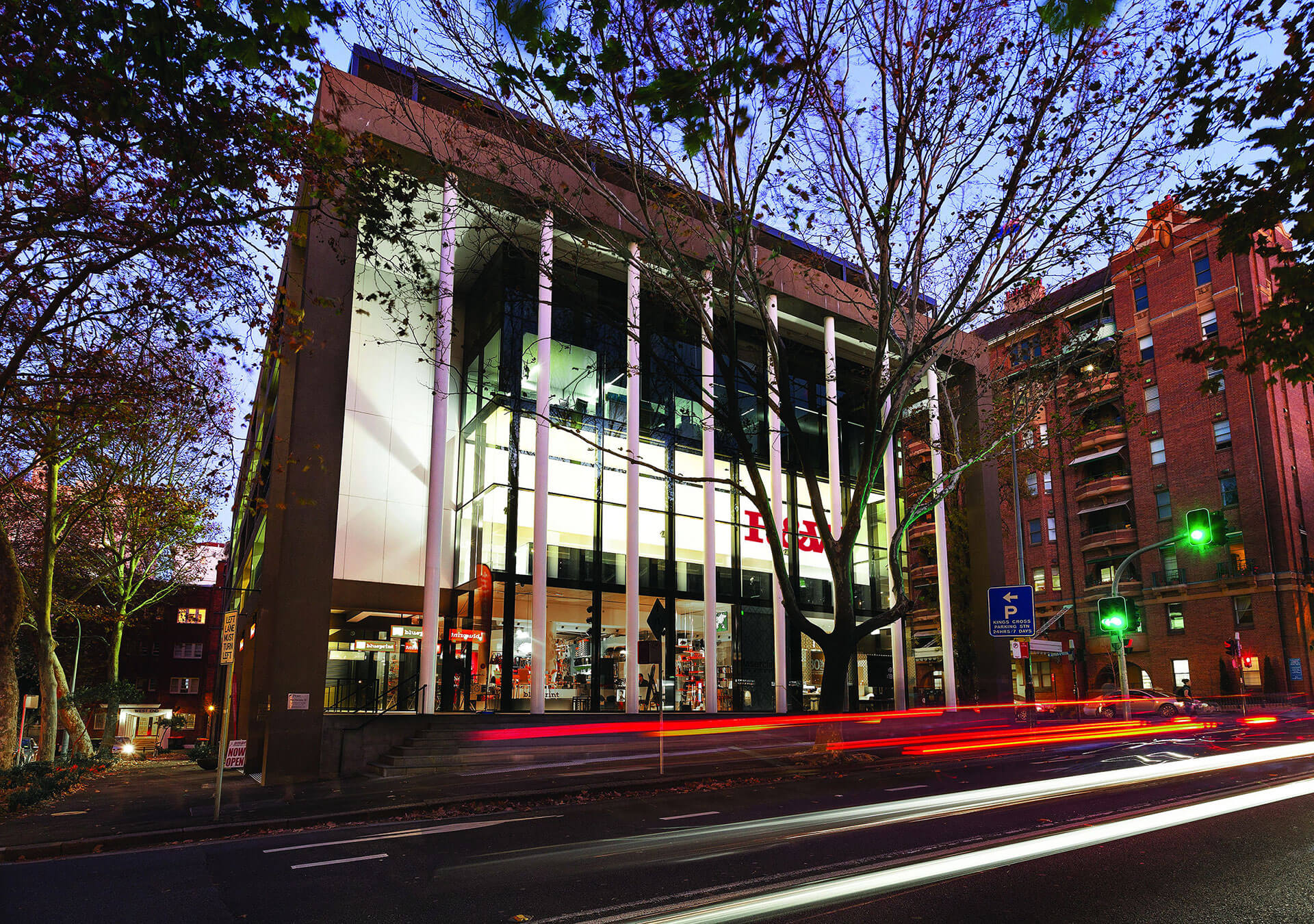FINGER WHARF POINTS ITS FINGER AT FUTURE OF HERITAGE

Woolloomooloo’s famous Finger Wharf is the largest timber pile wharf in the world.
Built in 1910-6 on the site of local former fish markets (1872-1910) it is now heritage-listed after a fascinating history and conversion into glamorous marine villa apartments.
Apartment 306 is for sale through Angelo Bouras and Thomas Arthurs https://www.rwebay.com.au/8106576/
The wharf is 400 metres long and 65 metres wide. Originally, eight electrically driven bale elevators and four electric lifts were provided when it was used as an export terminal for Australia’s global wool trade. Evidence of these still exist in the majestic, cathedral-like foyer.
It was the site of Sydney’s only wool dumps, where wool bales were compressed by hydraulic plugs, and was the terminal for some of the largest ships entering Sydney Harbour.
In 1926 the northern shed, also now apartments, served as a storehouse and carpenters’ workshop.
During WW1 and WWII the wharf was an embarkation point for troops boarding converted passenger liners going to war. It was from here ANZACs sailed to their heroic deaths at Gallipoli and here, a generation later, survivors of the Changi prison camp returned.
One digger leaving for Europe wrote in his personal diary: ” … there were a few tearful scenes … we could still see people waving as we disappeared,” noted Corporal A. Barwick in 1914 from on-board.
Shed No.7, later upgraded to a passenger terminal, was one of the principal passenger wharves in Sydney and one of the first contact points for migrants to Australia, gang-planking their first steps onto Australian soil.
By the 1970s the wharf’s functions became redundant as modern container terminals emerged. The state government decided on demolition in 1987 despite protests from the National Trust of Australia (NSW), the Royal Australian Institute of Architects (NSW) and local state member, Clover Moore MP, as she then was. Powerful developers said it should be “blown to bits”. Protests occurred. Green Bans were imposed. It was “an eye-sore” said the Assistant Premier, Terry Sheahan MP (Labor). Paradoxically, he was awarded an AO in 2002 for services to “the community and the environment” and then appointed a Land and Environment Court Judge. In 1993 the Green Bans were lifted and work began.
Today, it is cherished: its glamorous marine villa apartments are examples of how heritage is never completely redundant. Many apartments feature double-height ceilings, large internal beams and shutters, all adding to their character and harbour-side vistas. It is an example of how financially viable, adaptive re-uses can be found which retain heritage significance and our rich social history giving items a new life and new meaning for future generations.
Apartment 306 incorporates massive steel riveted original beams, venetian louvres and high ceilings with metal strut braces.
By Andrew Woodhouse,
Heritage Solutions





